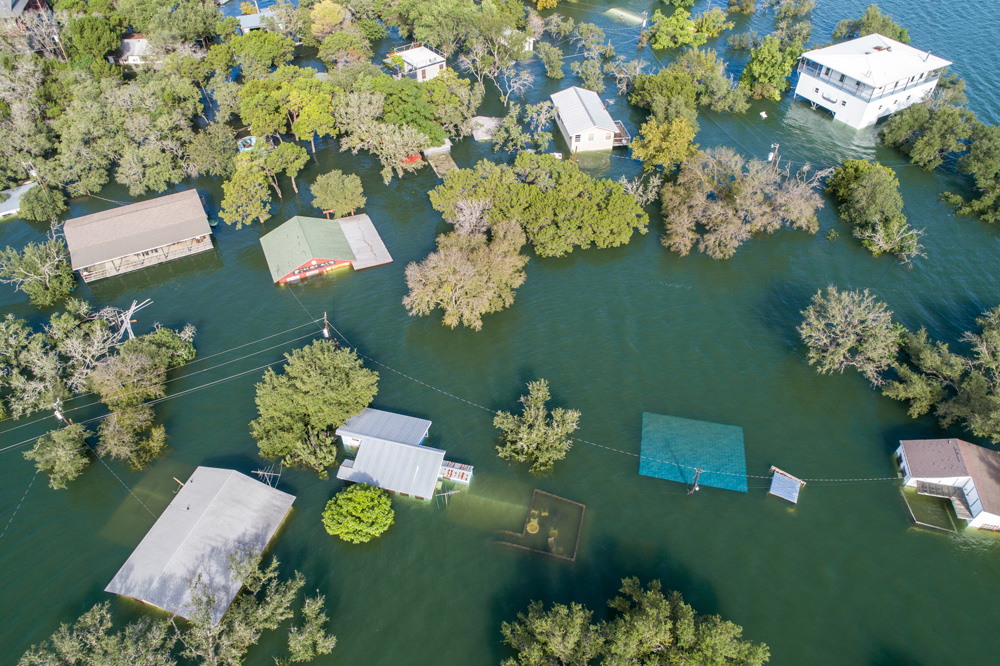Flooding shares one common characteristic: water — and a lot of it. Beyond that, there’s a lot of differentiation from one flood to the next, from the property damage they cause to the amount of insurance coverage that’s in place for those affected. Since 2008, the tenured team of commercial and residential property experts at Staples Consulting Group has seen every flood type that’s out there. We have the track record, training, experience and proficiency our clients have come to rely on to seamlessly handle all their residential and commercial flood damage resolution needs. We can do the same for you.
Beyond that, there’s a lot of differentiation from one flood to the next, from the property damage they cause to the amount of insurance coverage that’s in place for those affected. Since 2008, the tenured team of commercial and residential property experts at Staples Consulting Group has seen every flood type that’s out there. We have the track record, training, experience and proficiency our clients have come to rely on to seamlessly handle all their residential and commercial flood damage resolution needs. We can do the same for you.
What are the main causes of flooding?
The primary contributors to flooding are heavy rainfall, snowmelt, coastal storms (such as hurricanes) and blocked drainage systems. The effects of climate change, resulting in higher sea levels and an increase in the severity of storms, are also contributing causes to flooding and the effects of flood damage. According to the Federal Emergency Management Agency (FEMA), floods are the top natural disaster in the United States, with total losses averaging $2.4 billion per year.
What are the main types of flooding?
The causes of flooding — and where they are located — influence how they’re categorized. They include:
River
River flooding occurs when streams, brooks, inlets and similar bodies of water overflow their banks. This is usually precipitated by heavy rainfall and/or melting snow.
Flash
As its name suggests, flash floods are those that occur very quickly, typically due to torrential downpours in a low-lying area or an area that has poor drainage.
Urban
This type of flooding takes place in a city setting that is often densely populated. Poor drainage or flash floods can lead to ponding on roads or foundational damage to homes and buildings.
Coastal
Coastal flooding affects properties that are near bodies of water, usually the ocean. Tsunamis, hurricanes and torrential downpours can all lead to coastal flooding.
Pluvial
“Pluvial” is a fancy word for rainfall. Any overland flooding that is set in motion due to droplets from the sky can be referred to as pluvial.
Groundwater
Also known as clearwater flooding, groundwater flooding occurs when the water table rises more quickly than underground drainage systems can channel water away. The water table refers to the water that naturally permeates the earth’s soil.
Ice jam
Ice jam flooding takes place when masses or shards of frozen water block a river or stream from flowing. The blockage causes a chain reaction that can overflow the surrounding area.
Each of these flood types may be the sole or one of several contributors to overland flooding — meaning water covering ordinarily dry land.
What kind of damage can stem from flooding?
Just as the causes can vary, so too can the resulting damage, including structural, electrical, contamination, loss of personal belongings and more:
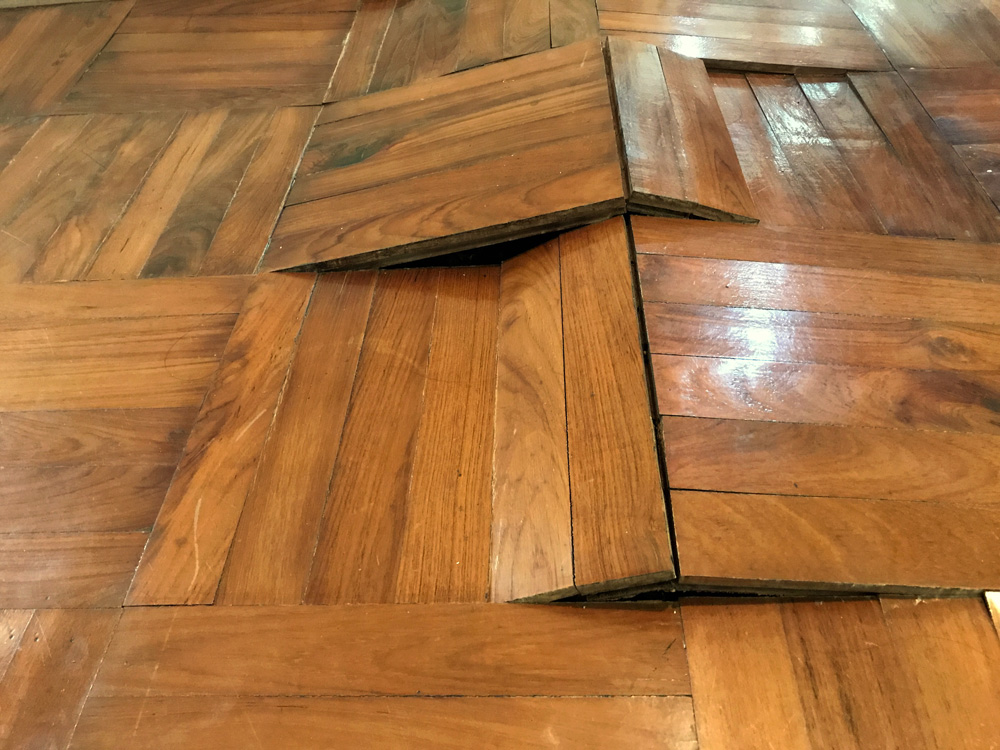
Structural
Structural damage refers to the destruction of the “bones” of residential or commercial properties, such as the foundation and the walls. Floods can damage both the exterior and the interior of a home, office, warehouse or any other standing structure.
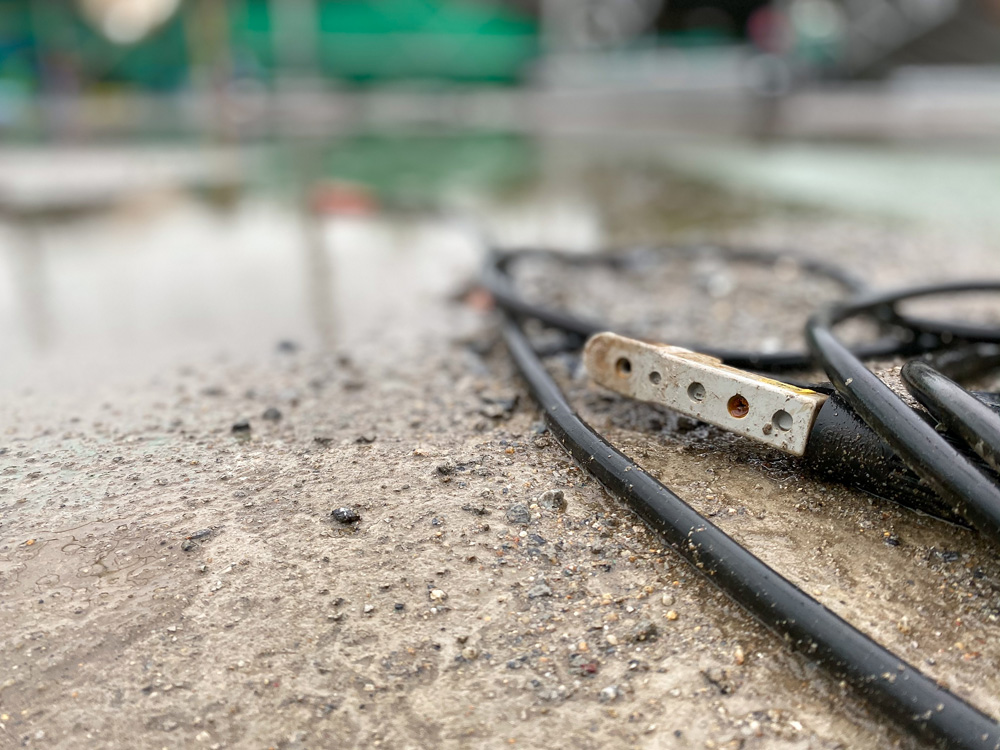
Electrical
Upon penetrating the interior, high water levels can damage electrical systems, appliances as well as HVAC systems, posing a safety threat to inhabitants.
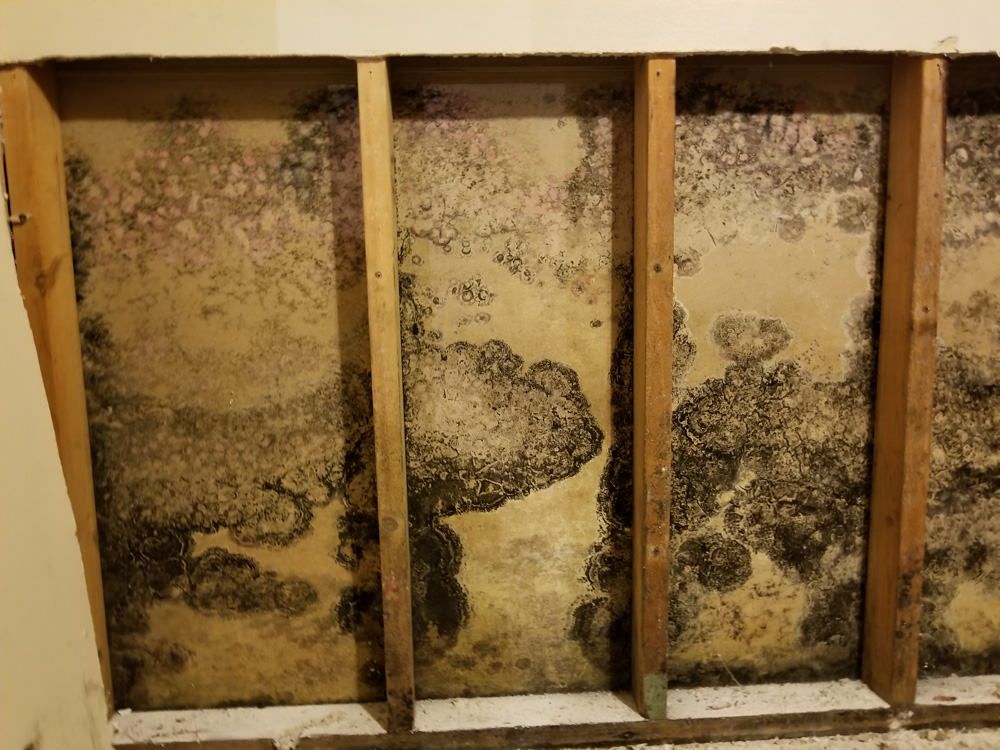
Mold growth
Wood, drywall, carpet, and insulation — are all vulnerable to mold growth when there’s flooding. Mold manifests itself in moist environments through the formation of fungi. While mold isn’t caused exclusively by flooding (other contributing factors include humidity, construction-related defects and poor drainage), it is a leading source of damage, which can also lead to health problems if left unaddressed. Mold may be covered by homeowners insurance but not flood insurance and the National Flood Insurance Program, which is available through FEMA.
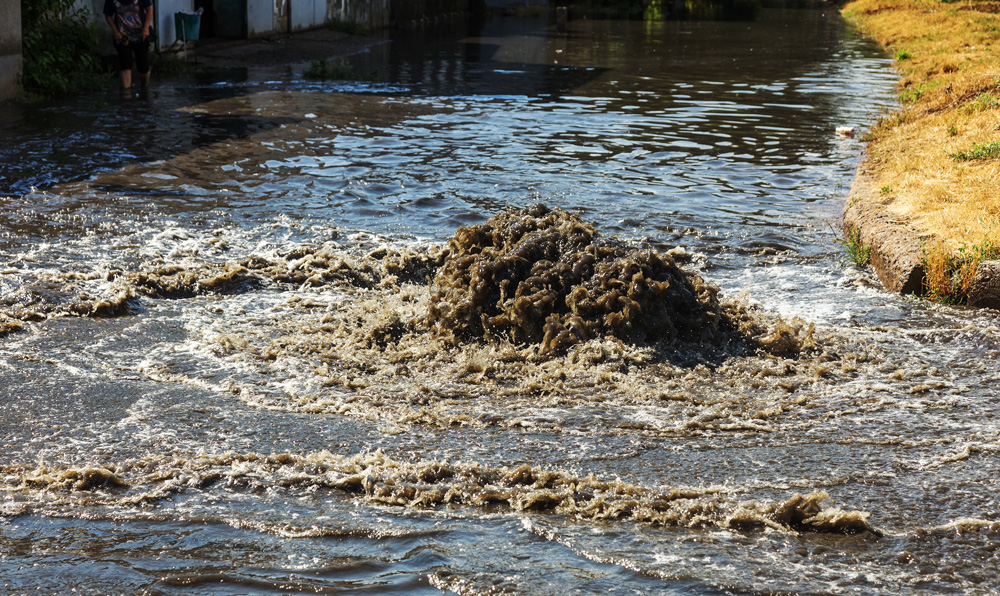
Contamination
Flood water can frequently contain raw sewage when a flooding incident occurs in an area where there’s a sewage or septic system in place, such as a city with a shared line. The backup that results can make a property uninhabitable due to the potentially harmful contaminants and chemicals that are found in wastewater.
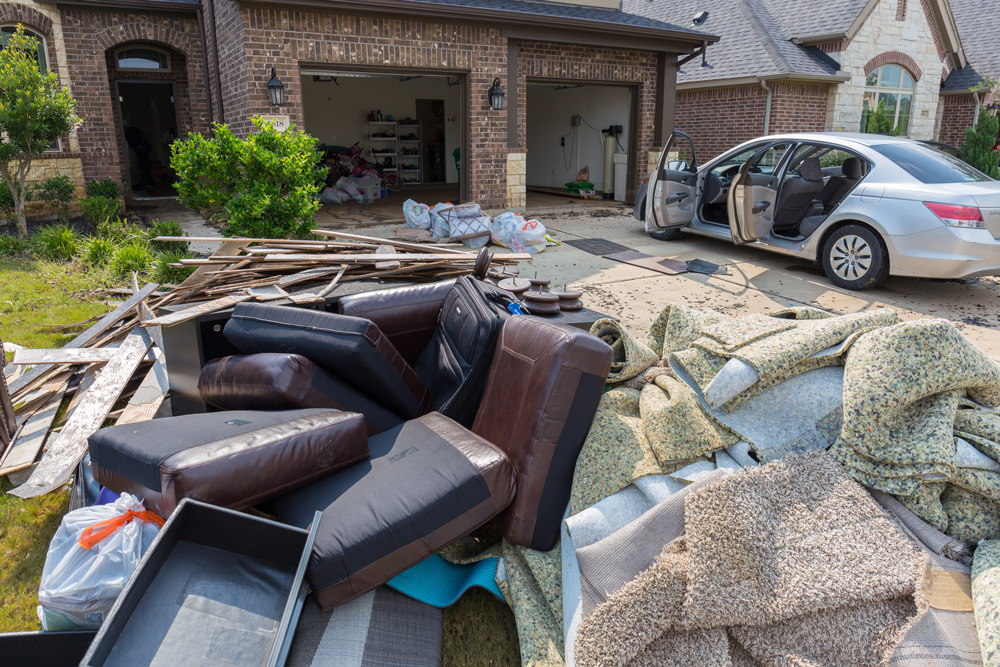
Loss of personal belongings
From home or office furniture to keepsakes and electronics, flooding can damage or destroy possessions. Flood insurance usually covers such belongings up to the limits of the policy.
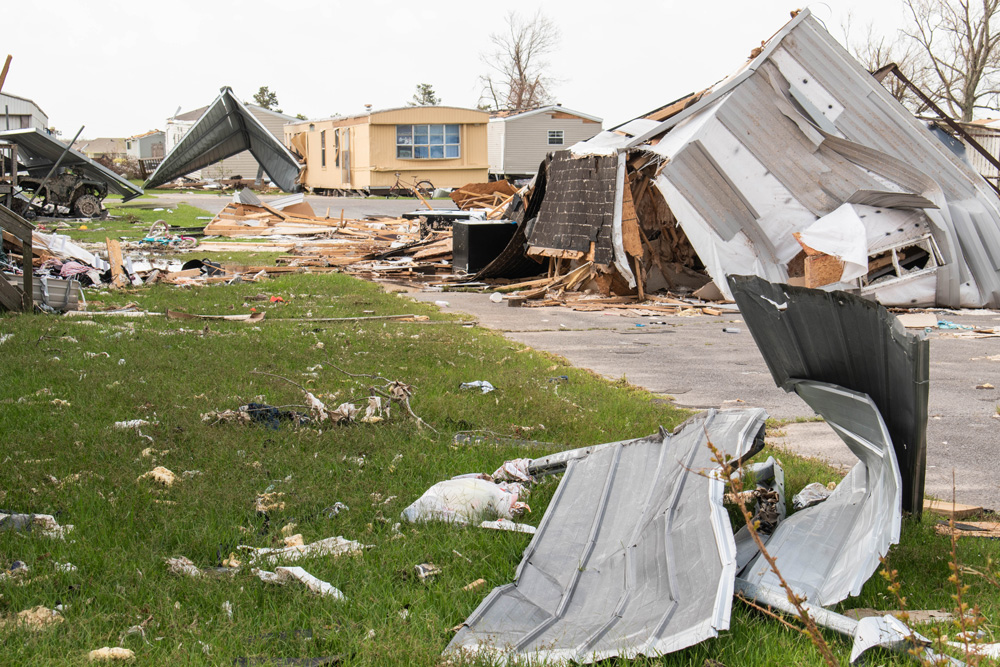
Erosion
As defined by FEMA, erosion is the gradual wearing away of land masses. Over time, erosion can lead to property damage, but it can be difficult to attribute to erosion because of its gradual nature. This is part of the reason why erosion is not covered by the National Flood Insurance Program.
How can you guard against flood damage?
As the most frequently occurring natural disaster, most people will be affected by flooding at some point. But there are a variety of measures communities can take to diminish the damaging effects. At the governmental level, effective flood damage prevention measures can include building levees and floodwalls to keep water out of low-lying areas. Creating and proactively maintaining natural floodplains and wetlands to absorb excess water can help minimize flood damage risk. Improving drainage systems to more quickly and completely remove water from roads, streets and other infrastructure also pays dividends.
At the business or homeowner level, in addition to obtaining flood insurance, installing a sump pump to remove water can be a smart solution. Developing an emergency response plan — and conducting drills to ensure employees or family members know what to do when flood water rises — is another wise approach that can minimize flood damage and potential health risks. Backing up important data, and keeping critical documents off of the ground floor or basement, is a wise approach to flood damage mitigation as well.
Choose Staples Consulting Group
Even when you take such preventive measures, they may not be enough. Staples Consulting Group is committed to providing each of our clients with dependable and skilled inspectors that have helped them overcome their overland flooding challenges. In addition to inspectors, Staples Consulting Group also has estimators, appraisers, umpires, claims analysts and more, each of whom is committed to representing their clients’ interests above all else. Headquartered in Houston, we serve all of Texas as well as all the states representing the Gulf Coast region (Florida, Louisiana, Mississippi, Alabama).
Instead of recruiting the services of multiple companies to help you handle your flood claim, get them all in one by choosing Staples Consulting Group. Contact us today.
